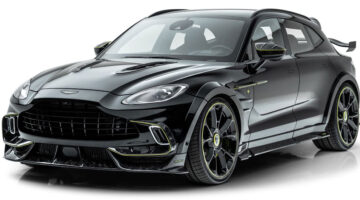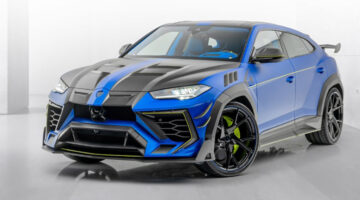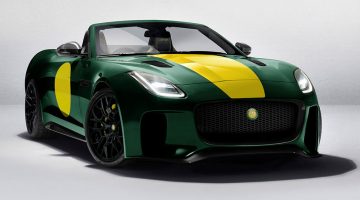Then of course, there’s the engine, the throaty roar indicative of all Jaguar models. Be it a four-cylinder motor or Jaguar’s fire-breathing 5.0-litre supercharged V8 (as found in the XKR-S GT), the new flexible architecture means engine options – and the size of the engine bay – need not be compromised. Alongside Jaguar’s new engine production facility in Wolverhampton, UK – likely to $800 million-worth of investment – it’s a mighty shot in the arm for the company’s accountants.
“It’s a forward-looking architecture. Some of the powertrains might exist already, but we’re also doing some new inline four cylinder diesel powertrains. But the platf…. the architecture itself” – cue grin from Graham– “is actually designed to be quite inline-four centric. By that I don’t mean it’s been designed to only ever suit four-cylinder engines. We’ve deliberately made sure we will still offer the larger powertrains for people who still want them, but without compromise.”
As the design study that made its regional debut at the Dubai Motor Show exemplifies though, there’s still a long way to go before a Jaguar SUV hits the newly rejigged production line. Even then, there are aspirational customers markets and rival marques to consider. Simply walking into the SUV arena boasting a sports crossover with the correct stance won’t necessarily bring in the goods. Particularly in the Middle East where established veterans like the Porsche Cayenne, BMW X5 and Audi Q7 already have their Pirellis firmly in the door.
“It’s a nice problem to have!” Ian laughs. “When Jaguar doubled up with the original Mk1 and Mk2, it only helped the brand to flourish. So I think it will be fine. We’ll still be a relatively small player. We’re not going to compete with BMW for volume and have no aspirations to do that.
“But we had to experiment with the crossover idea, because it’s obvious even to us at Jaguar that this is what the world wants. This is what the world is asking for. This is what the world seems to need. There’s a whole generation who don’t know anything else. They grew up with crossovers and SUVs, and probably went to school in them, whereas my generation grew up with sportscars and a desire for that. It’s slightly different now and I appreciate that, and that means there’s a customer base out there.”
Though just the tip of the iceberg, the C-X17, new premium saloon and Jaguar’s aluminium architecture have a lot riding on their XJ-inspired shoulders. The success of the company’s new and somewhat risky F-Type – a coupe version of which is set to hit the LA Auto Show this month – suggests Jaguar’s new philosophy could indeed pay off big time. And while plans for a production version C-X17 are just speculation, that the company is hinting at making the jump at all just goes to show how serious they are about their new aluminium endeavour.
‘Anything we can imagine we can create’. Including headlines.



